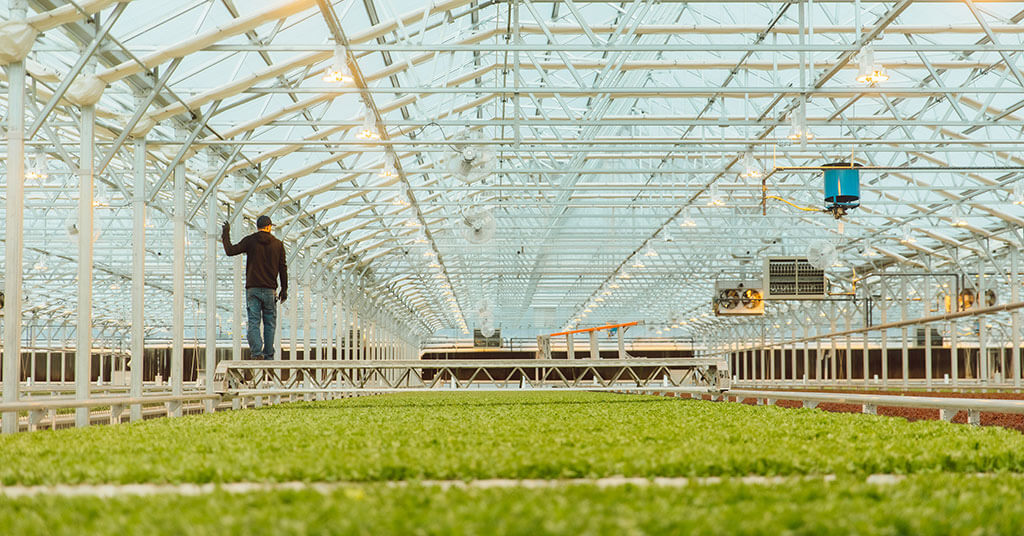It’s well known that some banking institutions — including some community banks and credit unions — are facing unprecedented pressures and challenges in the current financial landscape. As interest rates climb, deposits have fled banks — often for interest-bearing accounts offered by fintechs and other larger national and regional players — posing liquidity issues for smaller banking institutions.
Because of reduced liquidity, community banks are challenged when it comes to making new loan commitments and even, sometimes, fulfilling loan commitments already in place. This can translate to significant issues for local communities.
There are solutions. One comes from the United States Department of Agriculture (USDA) and its programs for guaranteeing commercial loans to businesses and other organizations in rural and underserved areas. Under these loan programs, such as Business and Industry (B&I) and the Rural Energy for America Program (REAP), the USDA guarantees 80% of the total loan value, and banks and financial organizations that work with them can sell the guaranteed portion of the loan to investors on the secondary market for a premium.
For example, let’s say a bank originates or participates in a $20 million USDA-guaranteed loan. The financial institution only needs to keep a portion of the loan — $4 million in this particular example — on its balance sheet and can sell the rest (the government-guaranteed part) on the secondary market. And the bank earns a premium fee that it can book as income to compensate for profit shortfalls or use to fund more loans.
At the same time, these USDA-guaranteed loans often benefit organizations that are operating in rural and underserved communities, and/or that are promoting innovative technology, energy independence, or food security. In short, they can be an important tool for advancing economic development and supporting local communities.
One example of a project utilizing government-guaranteed loans to benefit the local community is Lane Regional Medical Center in Zachary, Louisiana. The healthcare provider turned to Greater Commercial Lending for help with financing. GCL, along with a local bank, was able to arrange $80 million in loans to renovate and expand the existing hospital facility. The project will significantly improve patient care and bring critical healthcare access to residents throughout the region. It is also resulting in 520 new jobs.
Given the current climate, it makes sense for banks to explore whether the USDA guaranteed loan programs offer attractive opportunities.
If you’re interested in reading more, please see GCL executive vice president Jeremy Gilpin’s Forbes article through the link below.

